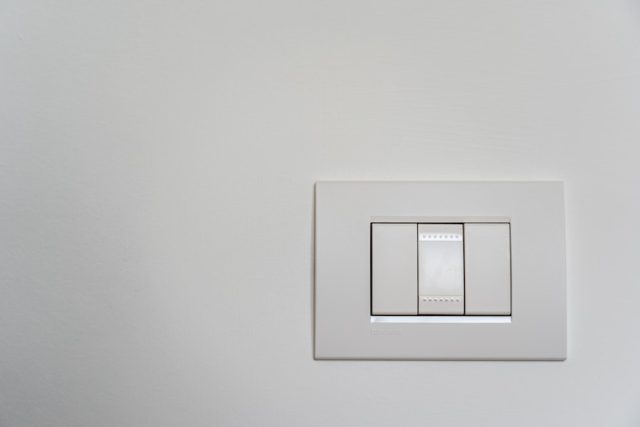Electricity, an essential element of life at home, isn’t something to take lightly. When you know the basics and treat them with respect, navigating through your DIY upgrades can be rewarding and empowering.
Importance of Electrical Safety
At all times, your safety should be paramount. Before you begin any project involving electrical components, ensure the power is off at the breaker. Avoid using metal ladders when working on anything electrical as this can increase the risk of an electrical shock.
Always use tools with insulated handles and remember to replace any damaged or frayed cords. And when things get a little dicey, don’t forget to call The Local Electrician.
Gathering Essential Tools
Necessary tools for an electrical DIY job might include a voltage tester, electrician’s pliers, wire strippers, fish tape, a multimeter, and a non-contact voltage tester. Each has its own distinct use case and knowing how to handle these tools will empower you to not only finish projects faster but also ensure safety during execution.
Basics of Home Wiring
Familiarize yourself with expected color coding for home wiring – generally, black means hot, white signifies neutral, and green or bare wire means ground. You’ll need an understanding of the basics for electrical system upgrades. However, the actual wire colors can vary in some cases so it’s always critical to test connections carefully before touching them.
Replacing Light Switches
Removing and replacing a light switch can be a straightforward process. Always start by shutting off the electricity at the main fuse box or circuit breaker panel before working on any electrical connections. Then you can proceed to remove the faceplate and unscrew the light switch from the wall.
Upgrading Wall Outlets
Wall outlets are replaced similar to how light switches are – turn off electricity first before proceeding. You’ll need to unscrew the old outlet from the wall and disconnect wires from it. The new outlet is wired in reverse order that you removed the old one.
Installing New Light Fixtures
When installing new light fixtures place all components including screws, wirings, and bulbs within reach. Ensure that your hands are dry before handling anything electrical. Join wires together correctly using plastic wire nuts then push them into the hollow part of your fixture.
Extending Electric Power Outdoors
If you’re extending power outdoors for lighting or outlets, use outdoor-rated materials like fixtures and conduits designed specifically to stand up against weather conditions.
Handling Circuit Breakers
A critical part of your home’s electrical system is definitely your circuit breaker box. It can help prevent fires resulting from overloading circuits. Regularly make sure breakers are working properly by flipping them off and on.
Managing Cable Organization
Safely managing cables around your house will help prevent unnecessary accidents. Utilizing cable clips or conduits to help secure loose wires out of walking paths is recommended.
Dimming Lights Installation
Dimmers give a nice touch adding layers of ambience to any room; they also help save electricity. Installing dimmers involves swapping out your existing light switch with a dimmer switch – a process quite similar to replacing simple switches mentioned earlier.
Ceiling Fan Assembly
Assembling and installing ceiling fans can seem more intimidating than it really is – just follow the fan’s manual instructions making sure no step is overlooked like attaching blades before securing fan motor housing installation brackets.
Smart Home Devices Integration
Before integrating smart devices into your home, get to know the different ecosystems. These include Google Home, Apple HomeKit, and Amazon Alexa among others.
Choose one based on compatibility with your existing devices and personal needs. Level 2 electrical services can handle installations of smart home systems. They often recommend selecting a platform wisely. This is because comprehensive platforms require mastery in setup and troubleshooting.
Well Planned Projects
A well-executed DIY project starts with good planning. Calculate your materials, get your tools in order, draw up a blueprint if necessary, and always have a first aid kit on hand before beginning your work.
Master the Art of Troubleshooting
Troubleshooting is an essential part of any DIY project. Some electrical problems need immediate attention. Troubleshooting involves examining and investigating problems or faults and rectifying them accordingly. In the realm of electrical DIY, this can mean anything from identifying a faulty wire to knowing why a particular switch isn’t working.
Consistency is Key
Sticking to a project is critical in DIY. You’re already on the right learning path. Mistakes will be made, but resilience will help you to become more consistent. And your skills will improve.
To Wrap Up
Well done for stepping into the world of DIY home electrical work. By following safety rules and developing your knowledge about wiring, you’ve mastered a valuable skill. Your potential for home improvements is now limitless. You can overcome challenges that may have once been impossible. This opens doors to more intelligent, safer homes for future generations.














